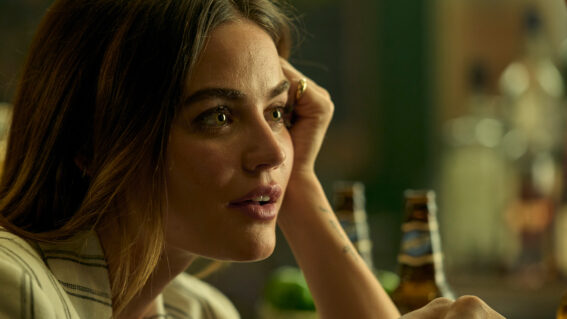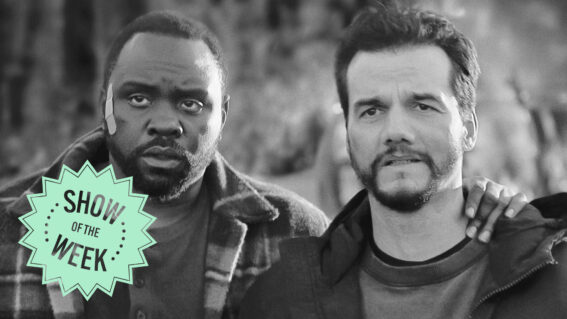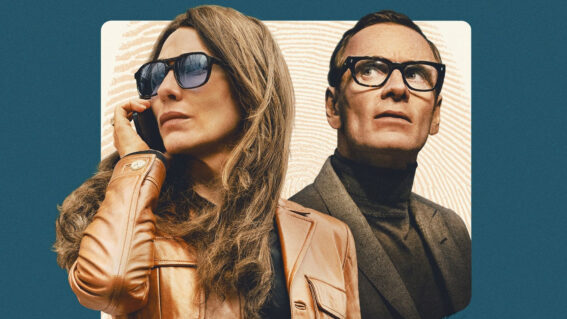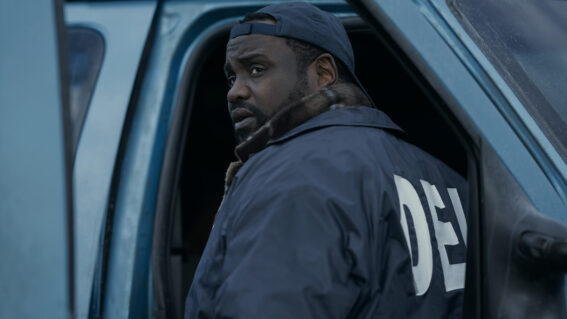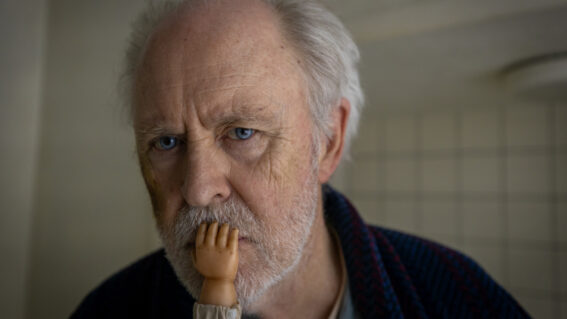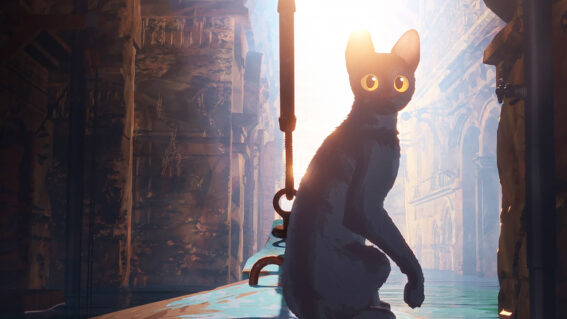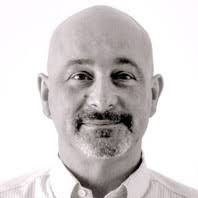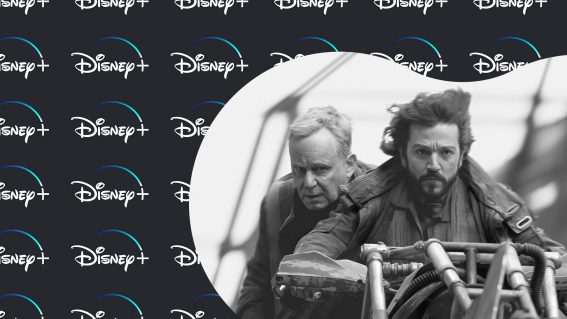Q&A with director Michael Heath – ‘Village by the Sea’
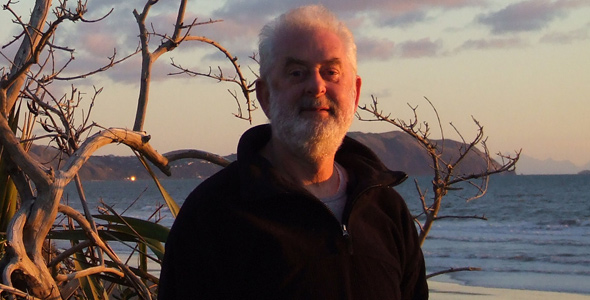
Village by the Sea is a documentary about New Zealand painter Edith Collier, tracing the time she spent in the Irish village of Bunmahon in 1914-1915. This is writer-director Michael Heath’s follow-up to his 2007 biopic of the artist Edith Collier: A Light Among Shadows. He was kind enough to answer a couple of our questions…
FLICKS: What should people expect from Village by the Sea?
HEATH: In Village by the Sea, myself and cinematographer Stephen Latty journeyed to the Southern Coast of Ireland, where nearly 100 years ago New Zealand artist Edith Collier and colleagues spent two summers living in the small, coastal village of Bunmahon, capturing, with astonishing clarity, the beauty of the Irish land and seascapes, its tumble-down cottages, and the poor peasant community, both young and old.
Having made an earlier film about Collier’s life in 2005, A Light Among Shadows, the new film discovers local people who have links to the past, and reveals the true stories about the artists’ work and lives, and the sad fact that Collier took all the paintings and sketches back to New Zealand, and they have never been exhibited in Ireland.
What are you trying to convey with the film?
With its pervasive feeling of nostalgia and melancholy, the film uses traditional Irish music and an elegaic, contemplative style to reveal the beauty of Edith Collier’s work inspired by the magical land of Southern Ireland.
Could you share your strongest memory from filming?
Rising before dawn on the cliffs of Boatstrand where we stayed, in a cottage, and driving along desolate, wind-swept cliff top roads, and stopping and filming a vast rocky seascape in the dawn light, stretching as far as the eye could see into a misty horizon, filling with shimmering, silvery, slow moving morning light… before sunrise…
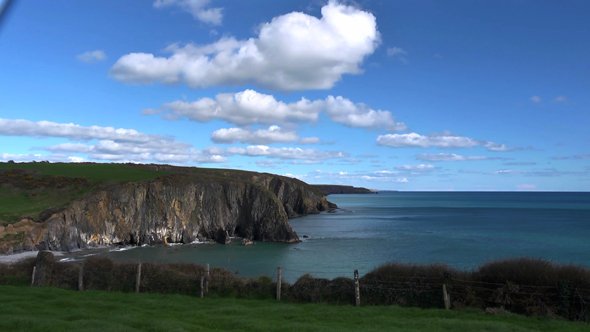
- The Irish fishing village of Bunmahon.
What first drew you to Edith Collier, and what prompted you to make another film about her?
Her niece Jean Stewart (who witnessed the burning of Edith’s nude paintings by her father) came into the shop of my producers Bhim Singh and Krishna Chouhan in Whanganui when they first shifted there, and left Dr Jo Drayton’s book about Edith Collier. Jean had seen an article in the Wanganui Chronicle about Bhim’s life as an actor, and theatre director in Rajasthan, and thought he might be interested in Edith’s story.
Bhim showed me the book, and I had never heard of Edith Collier. I visited the Sarjeant Gallery on the hill in Whanganui, and there was a bay of her paintings there. I first noticed the wonderful, rich use of colour, and then the images of different lands, and elderly people and young children, and then I discovered the sad story of her life… but that she left a huge collection of treasures for the world to see – that was the wonderful part of the story… and that’s when it all started really…
As for the second film, we were approached by The Edith Collier Trust to see if we would be interested in making a film about the two summers she spent in Bunmahon. With much interest and assistance from various people in the area, particularly Sean and Miranda Corcoran, both local artists, who were instrumental in lifting Edith’s life and work out of the shadows, and bringing it into focus amongst the local community. Also Jim Cullinan’s mother was the subject of one of Edith’s loveliest paintings, Girl in the Sunshine. Bhim, Krishna, Steve and I were honoured that the Collier Trust were commissioning us to make another film, so we decided to shoot it in the Spring of 2012, and were there for St Patrick’s Day too.
We were welcomed with such hospitality and friendship. It was like meeting old friends again.
What thoughts about Aotearoa came to mind when you were amongst the Irish landscapes she painted?
My childhood and teens were spent in Eastern Southland in a small rural farming town Wyndham (my father’s side of the family originally came from County Mayo in Ireland) and so there was alot of sky, and space, and fields, and softly-flowing rivers, the singing of John McCormack songs around the piano, and cemetaries and old catholic churches, and funerals on hilltops, and winding muddy roads in the rain, and skies full of birds, and wintry trees and herds of shitty cows wandering down the road, and old timers sitting in dimly-lit rooms in front of crackling log fires… and this happened many times when we were shooting in Ireland… and it was like I had come back home full-circle to my childhood again… and we were welcomed with such hospitality and friendship. It was like meeting old friends again (Ireland is greener too, by the way).
If you could make a film about anyone living or dead who would it be?
I’d still like to go back to my hometown in Southland, and make my memory film Home and the River. Before the last generation leave us.
What was the last great film you saw?
Letter Never Sent (Mikhail Kalatozov, 1959). It is amazing. This astounding, hallucinogenic masterwork has lain unknown since the late 1950’s. Perhaps, now in perspective (thank you Criterion!) we can begin to fathom the mysteriously fascinating Tarkovsky more as Kalatazov imbues the natural world with its own mystical terrors, and wonders, in highly expressionistic cinematography (from Sergey Uresevsky) music, and sound. The film also evokes another planet, hostile, unforgiving, returning human life to the cold, cruel earth, rivers and sky.
What’s the best piece of advice you’ve ever been given?
No-one has ever given me good advice ever, but one of the great pieces of writing about cinema is from Robert Bresson in his Notes on the Cinematographer and I find this comment to be inspirational and true:
“A small subject can provide the pretext for many profound combinations. Avoid subjects that are too vast or too remote, in which nothing warns you when you are going astray. Or else take from them only what can be mingled with your life or belongs to your experience…”
What are you thinking about doing next?
I have several nice projects moving along: a film about child marriage in India (told from the children’s point of view), Banno ki Shadi (The Marriage of Banno), an expressionistic piece about homeless children in New Zealand, This Lonely Day, and my Southland documentary, Home and the River (despite it being turned down by Creative New Zealand). But with the current state of funding for “artistic” projects to be virtually nil, I am not optimistic about any of these films, but there is always serendipity, and who knows what will happen next.


